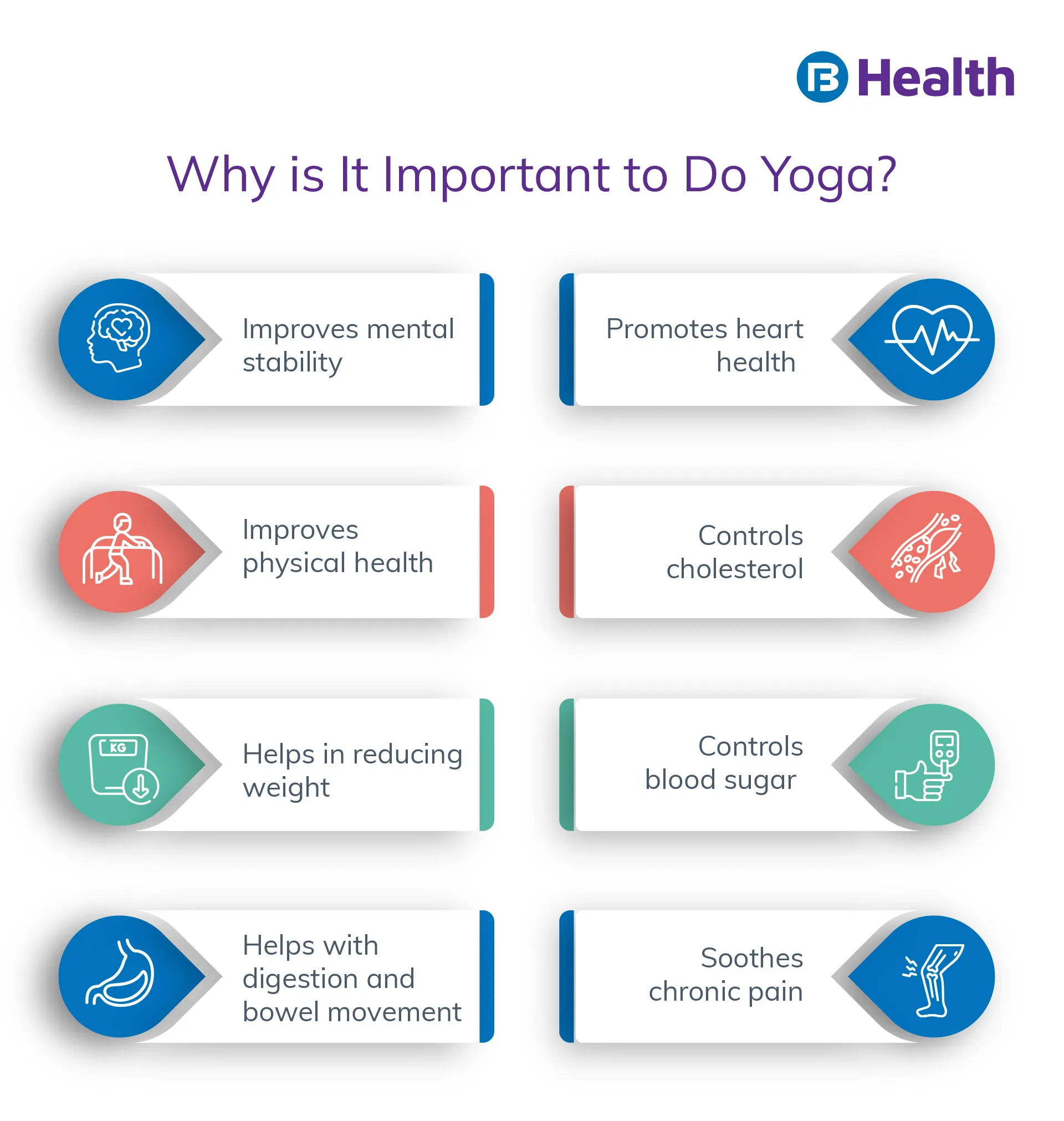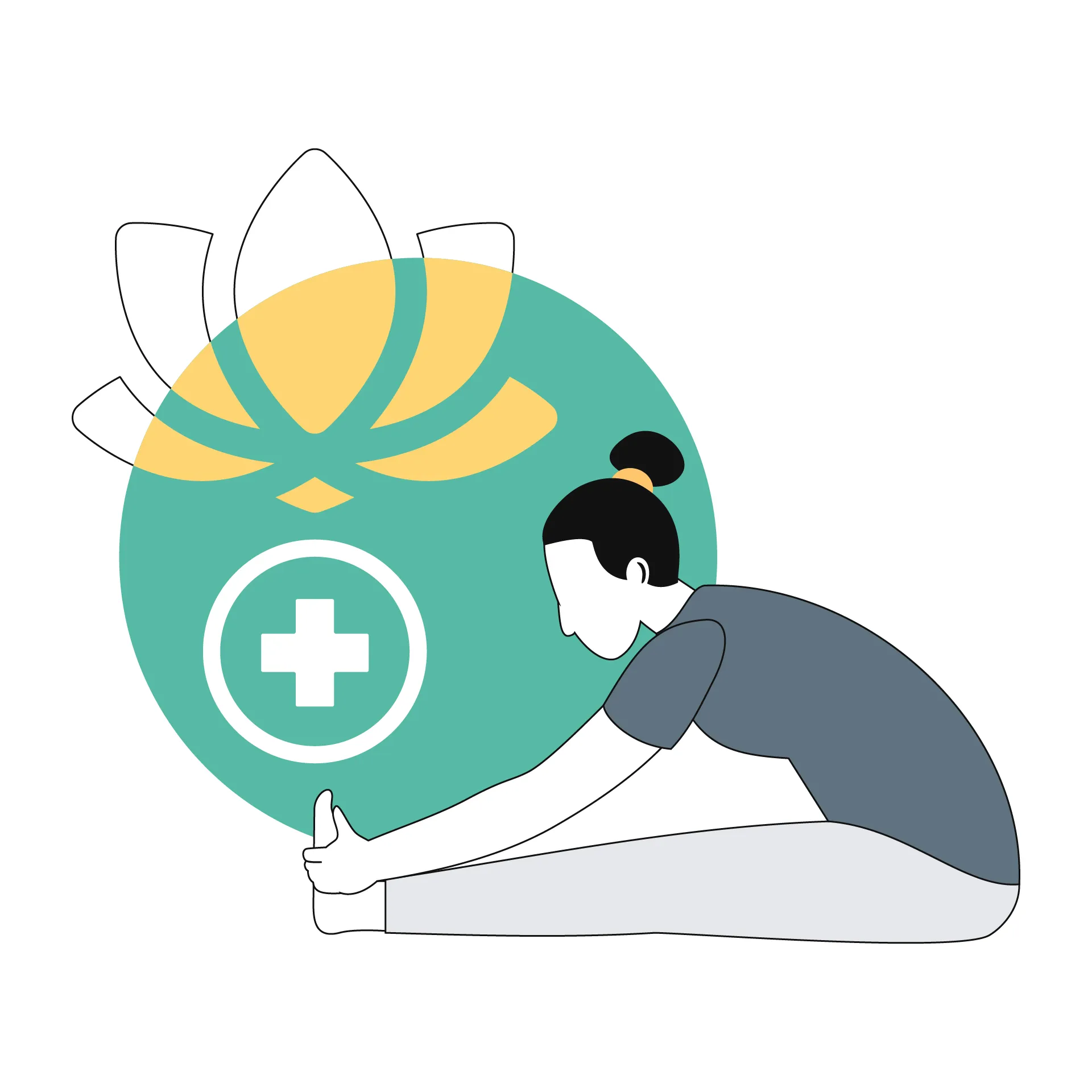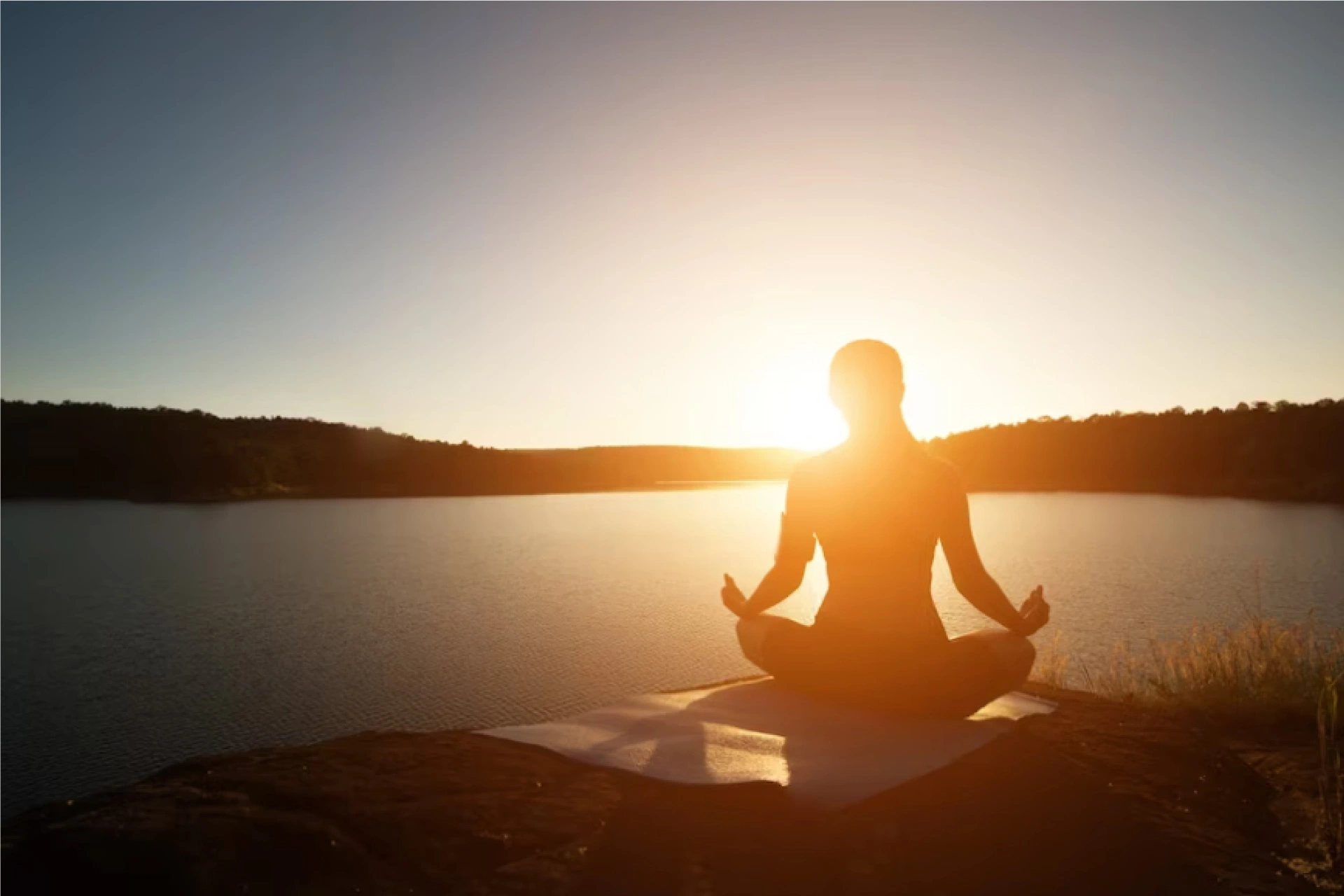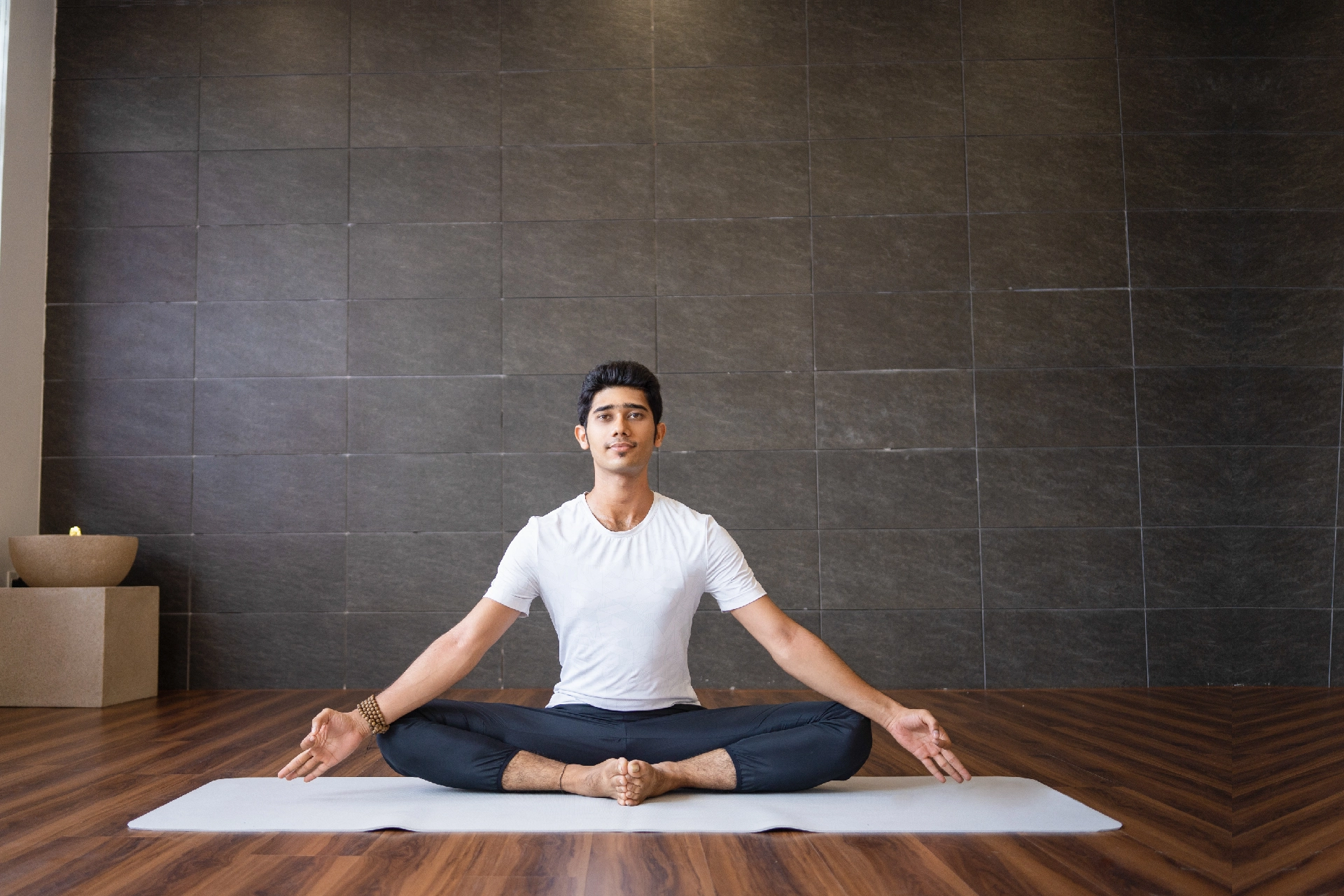Yoga & Exercise | 8 min read
Autumn Yoga Poses To Get You Ready For The Season
Medically reviewed by
Table of Content
Synopsis
Fall is coming, and it's time to get ready. Fall is a great time to work on your flexibility and muscle strength and get into some yoga practice. It's also great to start practicing more poses we'll be learning in this section. In this section, we'll cover poses that will help you prepare for the cold weather.
Key Takeaways
- Autumn yoga is a great way to prepare for fall that will keep your body active and strengthened.
- Autumn yoga helps strengthen body muscles, improve brain function, boost your immune system, etc.
- You must only try poses suitable for your body type. Stretching yourself unnecessarily may lead to injuries.
It's almost that time of year again: the leaves start changing color, and fall is in full swing. And what could be the better way to start it off with autumn yoga poses? There are plenty of reasons to get excited about the change of seasons—but for some, it can be hard to look forward to autumn yoga when trying to figure out how best to prepare for it.
When we think about getting ready for fall, our minds turn towards cold temperatures and football games (or maybe pumpkin spice lattes). But autumn yoga? Well, that's another story altogether.
Downward Facing Dog
Downward-facing dog is a pose that can help you release stress and tension in your hips, lower back, and shoulders [1]. It also helps to open up the chest muscles by stretching them out. But, of course, you'll also feel this in your arms: they might feel like they're floating or sinking into a pool of water.
Step To Do Downward Facing Dog:
- Lie on your back with knees bent; bring feet together so that there are about 2 feet between them (you should be able to see between both feet). Now spread out one leg so that it's flat on the floor with your knee straight up and your foot flat against the floor; then do the same thing with the other leg, so both legs are lying flat on either side of you. Try not to bend over too much--this will cause strain on your neck area instead of releasing tension from elsewhere around those areas mentioned earlier (hips/lower back/shoulders).
- Place your hands slightly behind your head--not up! This will help keep everything appropriately aligned while keeping proper alignment throughout all movements made during the practice period because otherwise, things could become messy when trying harder ones later down the road (or worse still - injury)

Chair Pose
A chair pose is a great way to feel the stretch in your hamstrings and lower back, which are often tight from sitting for long periods. It also helps open up the chest and shoulders, two areas that tend to be underused when sitting all day. If you're having trouble getting into this pose, try doing it with your legs straight out before bringing them together behind you.
The pose can be modified if need be—for example, if one leg feels tight while trying to get into a chair pose (which will often happen), rest that foot on top of its toes so that it doesn't pull on anything else while still feeling grounded in place. You can also hold onto something like a wall or couch cushion while practicing this asana if holding onto something helps keep balance steady enough for successful execution.
Plank Pose
The plank pose is a great pose to get ready for fall. It stretches the shoulders, chest, and back strengthens the core, and helps balance. In addition, it can also be practiced inversions such as headstands or shoulder stands (an inverted version of plank).
Tree Pose
Tree pose is one of the most commonly practiced best fall yoga poses. It's simple to get into but can be challenging to hold for longer than a minute or two. Try placing a block under your feet or against a wall before practicing the tree pose to make it more challenging.
When you're ready to come out of this pose: Step on your hands and knees, then lift through an inverted V-shaped position (you should feel your legs stretch toward their fullest). Then press down your hands so they rest on either side of your shoulders.
This will help keep you stable while increasing flexibility in the hips and lower back area; once again, pressing down firmly here will help build strength there too! Finally, when coming out of this stretch, take care not only how much pressure was put upon our joints but also how much effort was given throughout each movement from start to finish - if done correctly, then both parties involved should feel satisfied by their actions at completing this routine safely without injury occurring along its way.
Warrior II
Warrior II is a great pose if you want to strengthen your legs, arms, and shoulders [2]. It also opens up the hips and chest, which helps with digestion. This pose is also famous in yoga for hair growth.
This pose can be done in the morning to get the blood flowing through your system before you start moving around. At night it's best done after dinner when you're winding down from whatever activity makes it hard for you to relax.
Additional Read: 10 Essential Hair Growth Tips
Camel Pose
Camel Pose is the best pose for yoga for belly fat. For this pose, you'll need to lie on your belly with your arms extended out from the sides of your body. Then lift into a tabletop position and place one foot on the other, facing each other. You can hold this pose for as long as it feels right for you, but ideally, no longer than 10 minutes at a time.
Bring one hand underneath your chest to deepen this pose further while keeping the other overtop. If it feels good to bend at the waist without straining any muscles or joints (or if there isn't enough room), try placing an elbow under each hip bone instead.
Half Moon
It is one of the best autumn yoga poses. To get into the pose, start by lying flat on your back with your knees bent and feet flat on the floor. Place one hand on each side of your head, then rotate them so that they go toward the ceiling (this will help support your neck). Inhale as you lift through each shoulder blade; exhale as you lower down to place weight on just one shoulder blade at a time.
Next, breathe deeply for five counts and hold for another five counts before releasing completely from this position.
Follow up with a deep inhale through the nose; exhale fully out of the mouth while reaching down toward the opposite hip bone using inner thighs and outer hips as guides. Stay here for five breaths before moving into Chaturanga Dandasana without bending your legs.
Boat pose
Stand with your feet about hip-width apart and parallel to one another. Bend your knees, bringing them toward each other as you fold forward through an inverted V shape, keeping your back and head straight. If this is too challenging, start with a modified version by supporting yourself on a block or wall instead of bending over. Hold for 30 seconds to 1 minute before moving on to another pose.
How to hold Boat pose
In traditional boat poses, you'll want to keep both legs straight to parallel each other while keeping your arms relaxed at shoulder height if possible. To transition into different boat pose variations, try standing up directly first, then lowering down onto all fours before returning up onto two feet again.
Benefits Boat pose
Boat Pose is excellent for building core strength because it requires balancing out both upper body and lower body muscles, such as those in our hamstrings and glutes, which helps improve overall posture.
Modifications Boat pose
If this is too difficult, try placing blocks under each knee instead.
Bridge Pose
Bridge Pose is an excellent pose for beginners and those with difficulty with other poses. It stretches the back, hamstrings, and groin muscles while strengthening your core. The best part of this pose is that it increases your heart rate to burn more calories! It's also great for blood flowing throughout your body by increasing circulation in the lower abdominal area.
Additional Read: Crucial Winter Yoga PosesChild's Pose
- Lie on your back with your arms above your head, palms facing up.
- Relax and take a deep breath as you press down into each heel, spreading the toes apart (the feet should be about hip-width apart). The knees should be at about a 90-degree angle. Make sure you keep them from drifting inward or outward toward one another.
- If you need more support under your hips or lower back, use a blanket or bolster under this area. You can also try folding a pillow and placing it behind your knees for added support if needed.
It's a great way to ease into the season, as you can take these poses anywhere. As you prepare for the fall season, it's helpful to know that there are plenty of autumn yoga poses and variations you can do anywhere. These are great to ease into the season or use when you want to take your practice out of the studio and into nature.
Modifications of Yoga Poses
Here are some autumn yoga tips for pose modifications:
- You might not have all five limbs available (like tree pose), so adjust accordingly. If your arms are too short or long, try doing them with your legs resting on each other instead of straight up and down; this will help open up more space between them and give added stability while holding yourself up. If one leg is shorter than another but still touching the earth at its base—for example, if it's resting on an object like a bench seat cushion—simply bend both knees slightly toward each other until they meet at mid-thigh level (a little bit lower than sitting cross-legged). This helps increase flexibility in those areas without restricting movement like hips/legs/shoulders.
- You may need assistance from another person during some poses due to lack thereof due to injury conditions such as arthritis, stiffness, etc.; make sure whoever helps knows precisely what needs to be done before starting, so they don't waste time trying something else instead.
So, whether you're looking for a quick, easy way to get in shape or want to take your autumn yoga practice to the next level, these poses can help. The more time you spend practicing them, the more flexibility and strength they will give you—which means better alignment in your postures.
You can also get a doctor consultation online or from a General Physician to better understand what you should do and what not. Hope this article helped you in all possible ways!
References
- https://shreehariyoga.com/7-yoga-poses-that-will-help-you-out-in-eliminating-depression/
- https://blog.cult.fit/articles/virabadrasana-2-warrior-2-pose-how-to-do-it-benefits-steps
Disclaimer
Please note that this article is solely meant for informational purposes and Bajaj Finserv Health Limited (“BFHL”) does not shoulder any responsibility of the views/advice/information expressed/given by the writer/reviewer/originator. This article should not be considered as a substitute for any medical advice, diagnosis or treatment. Always consult with your trusted physician/qualified healthcare professional to evaluate your medical condition. The above article has been reviewed by a qualified doctor and BFHL is not responsible for any damages for any information or services provided by any third party.





